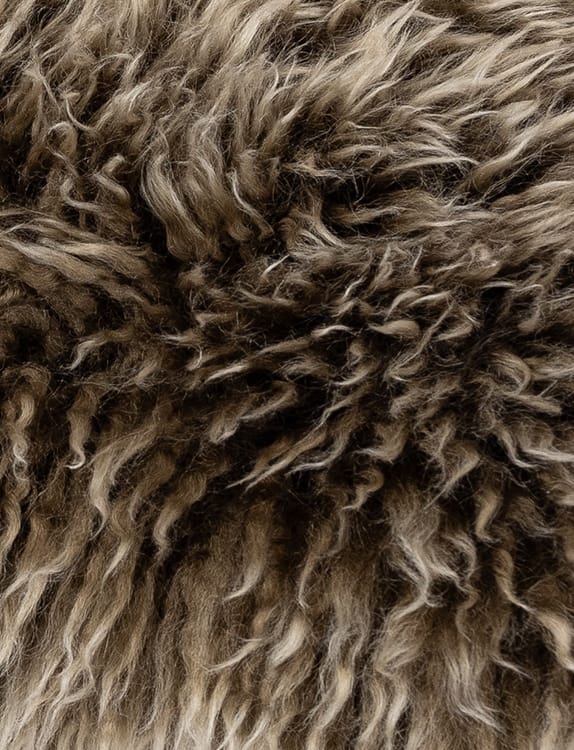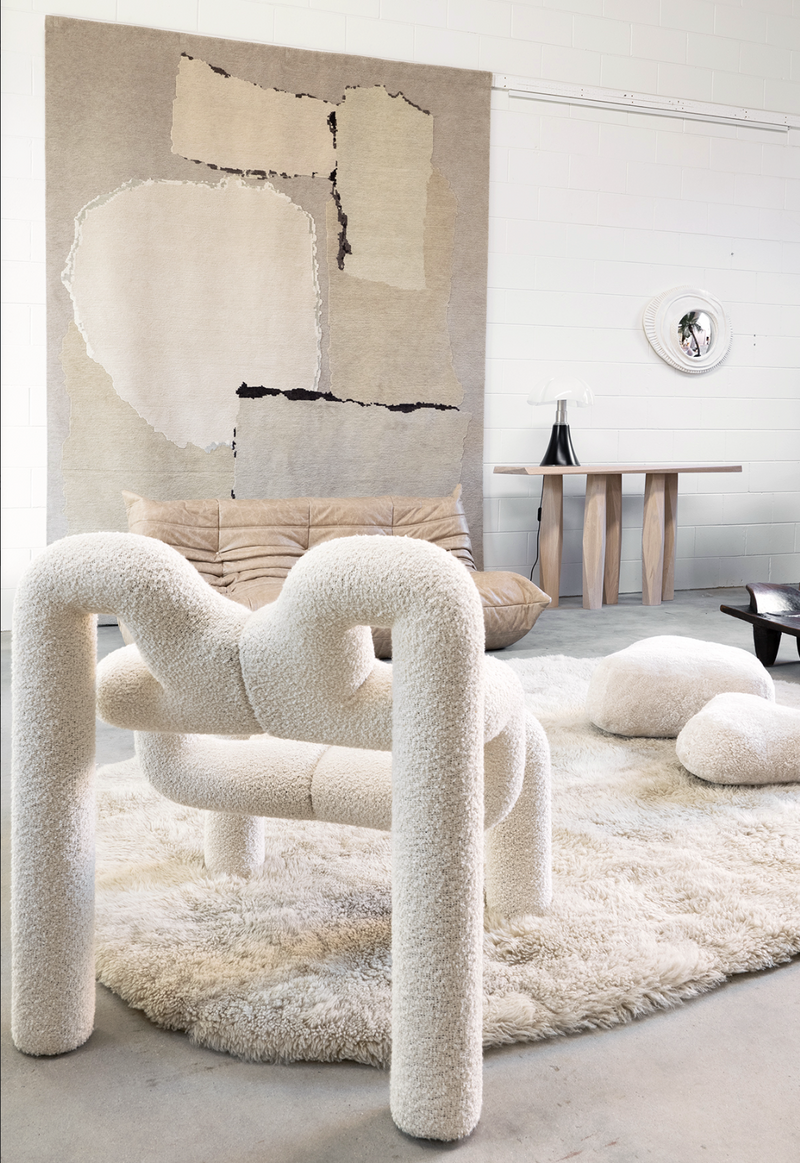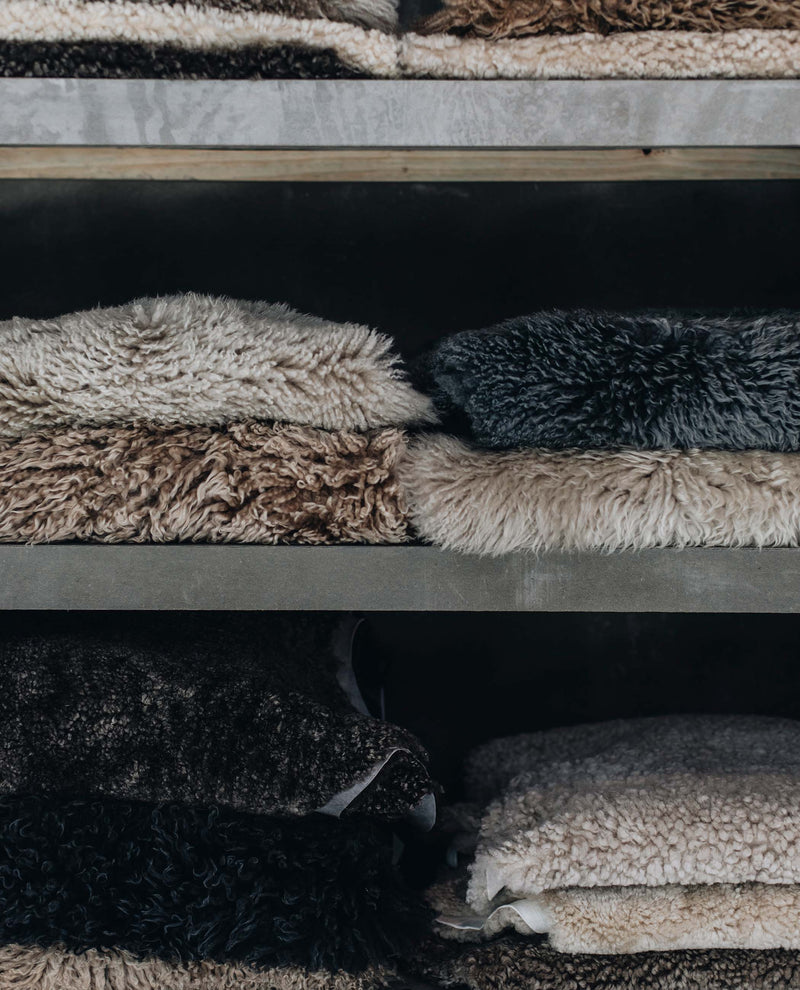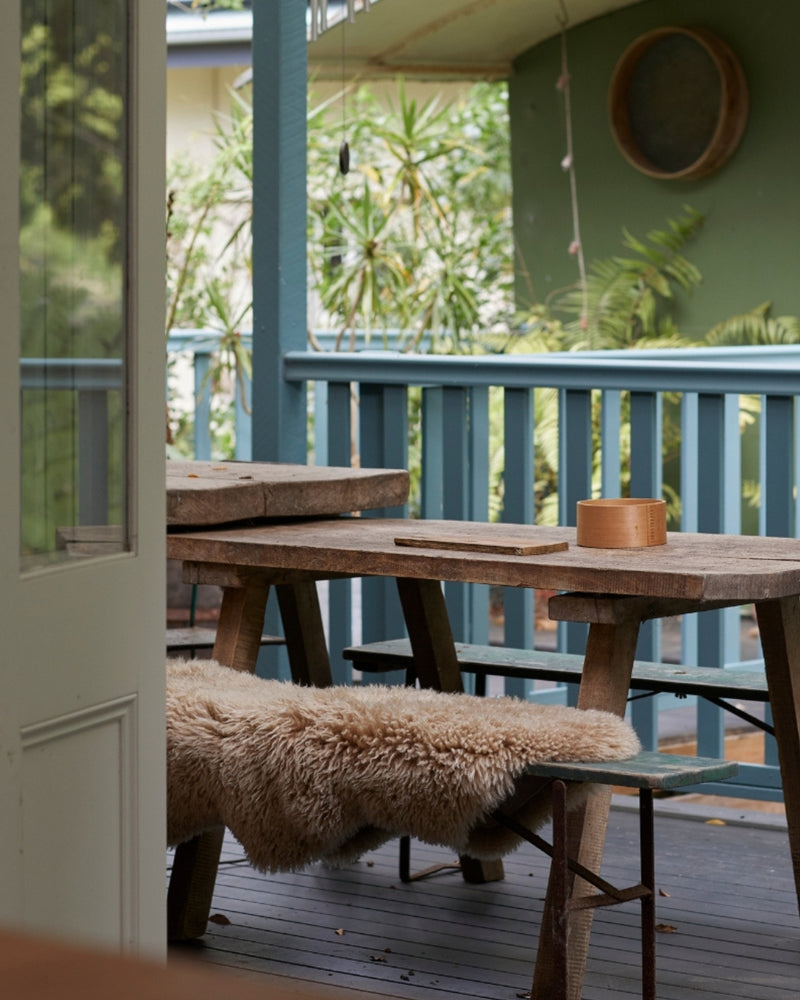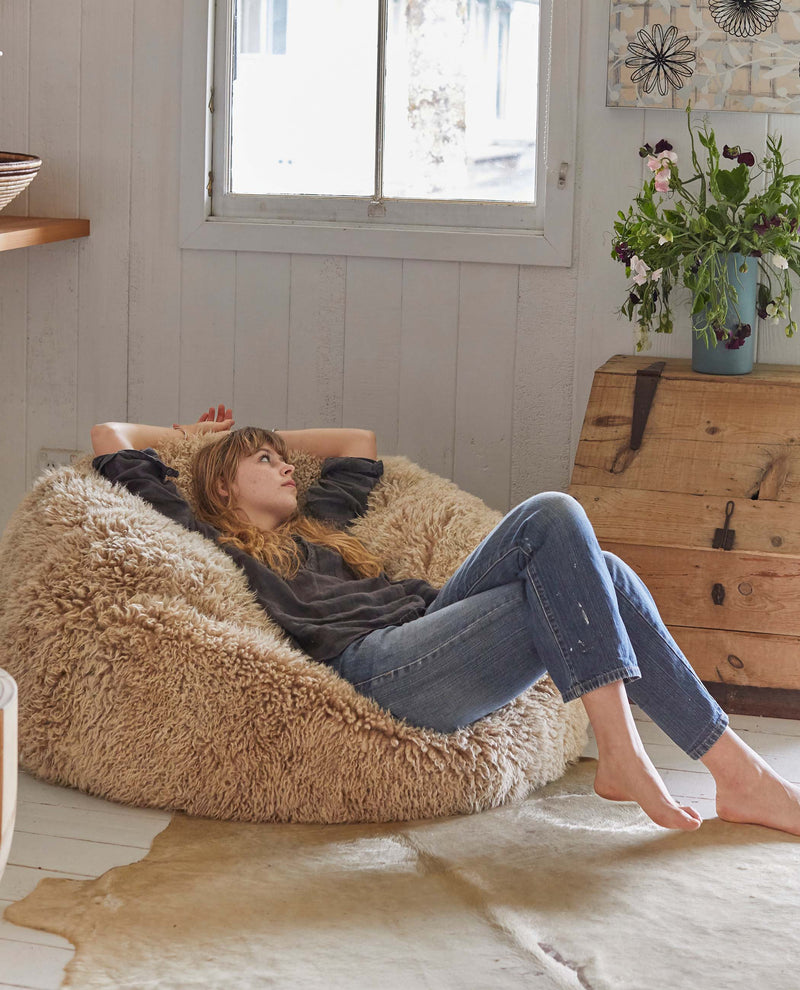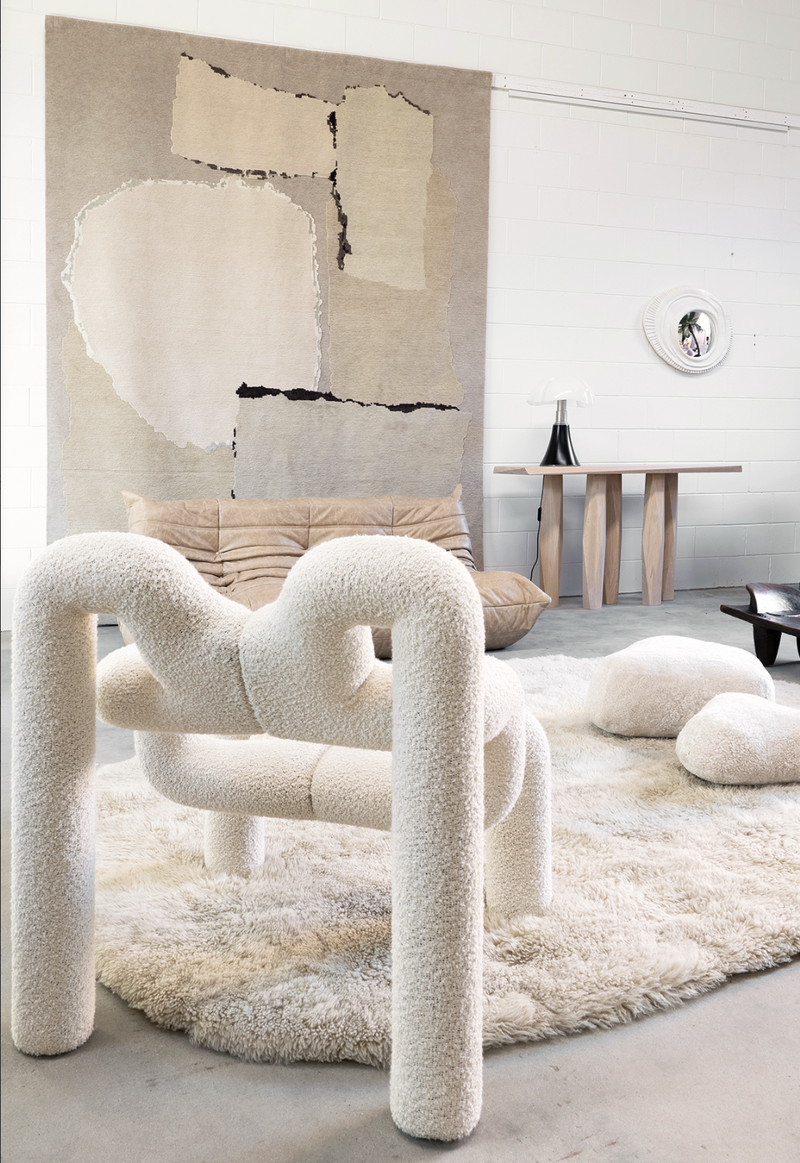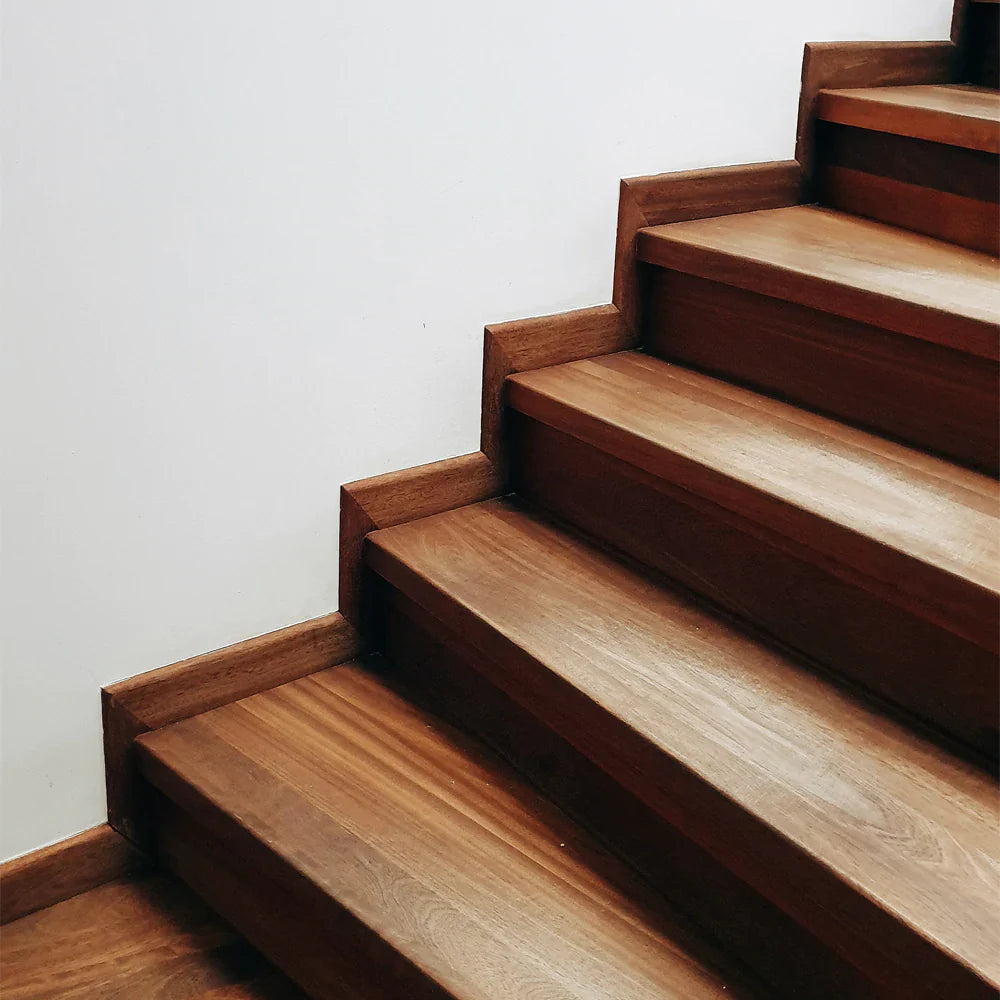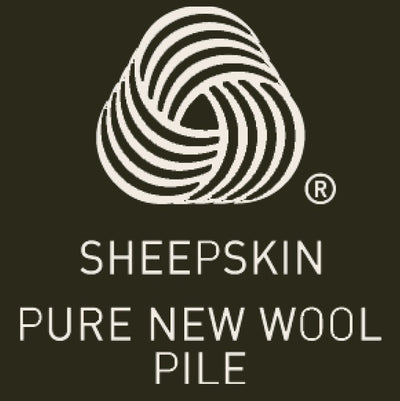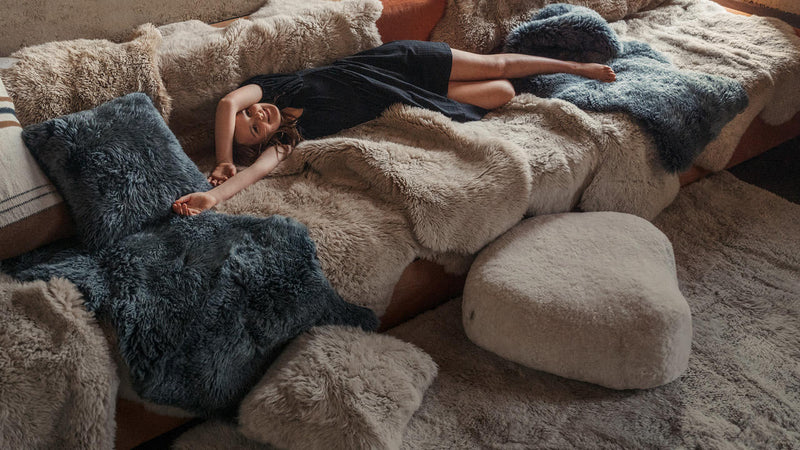Bench seats are fabulous indoor and outdoor seating options. They don't take up too much space and can easily seat two or more people.
Usually they are made from wood or steel, however, which means they can be a little uncomfortable, especially for long term sitting.

Adding cushions to your bench seat is the perfect way to introduce a bit of softness and comfort. Well made cushions can provide you with a bit of padding and up the style factor at the same time. In this post we will cover everything that's important when looking for the right bench cushions for your home - from the best type of fill, to thickness, size and shape.
What are the best seat cushions?
The best bench cushions are ones that are not only comfortable but also durable and aesthetically pleasing. Comfortable cushions will feel just right to you - not too soft, not too firm - when you are sitting down and at the same time providing you with enough support to sit for a period of time without getting too uncomfortable.
Maybe you have an outdoor bench seat on your verandah or deck, or and indoor seat placed at your kitchen table, either way there are some practical elements you'll want to cover off in your search for the perfect bench cushions. These are things like size, thickness and materials.
You'll want to think about what your cushions are made from and the type of covering they have. If your bench seat is outdoor for example, your cushions will probably need to be covered in an appropriate outdoor fabric that can withstand the elements.
At the end of the day, however, remember that whatever cushions you choose, they must be in keeping with your own personal style. The very best bench cushions are the ones you love and enjoy living with everyday.
What is the most comfortable seat cushion?
Cushion comfort largely comes down to the type of fill. Most cushions have either a foam or polyester filling, which gives them bulk and shape. Foam cushions tend to hold their shape better and feel slightly more luxurious than those with a polyester fill.
Size is important here too. You'll need to ensure your cushions are correctly sized to your seat. Cushions that are too big will spill over and may slide off. Cushions that are too small won't provide you with enough support and will be uncomfortable to sit on.
How can I make my bench seat more comfortable?
Well-fitting, good quality foam bench cushions are the simplest way to make your bench seat more comfortable. Take the time to measure your bench seat so that you know the dimensions you are looking for. With that information you can either purchase cushions from a store or you can get them made to measure.
Once you've got your base cushions in place, you might like to pile more cushions, of different shapes and sizes, on top. These scatter cushions can be moved about as needed. Or try adding a cashmere throw. Sheepskin products work especially well in this scenario – imagine snuggling up on your outdoor bench seat under a soft and snuggly sheepskin!
What foam is best for bench cushions?
When it comes to foam fill for cushions, quality is measured in terms of weight (or density). Typically the higher the density of the foam, the better quality it is. The trick is to get the best quality foam you can afford - less expensive foams will be lighter in weight, less comfortable to sit on and will probably only last a couple of years before needing to be replaced.
There are 3 main types of foam fill for cushions – conventional foam, memory foam or latex rubber foam.
- Conventional foam comes is a few different forms, such as High Resilience, High Density or Polyurethane foam . High Density is most commonly used for bench cushions because it gives you a plush soft cushion and is fairly durable. Polyurethane foam is less inexpensive but tends to be low density/quality and does not last as well.
- Memory foam moulds to your weight and shape, which sounds super comfortable! However, it can be a bit too soft and squishy for a bench seat cushion and is better suited to mattresses. See more on that below.
- Latex rubber foam is the most firm option (although still comfortable) and tends to have a longer lifespan. It can also has the ability regulate your body temperature, keeping you cool in summer and warm in winter.
It's up to you which type of foam you choose, based on your personal preferences and which is best suited your particular circumstances.
Is memory foam good for seat cushions?
Memory foam works for really well for mattresses, but not so well for cushions. In a nutshell, it's just too soft and responsive. If you stand up from your bench seat your memory foam cushion will take too long to bounce back to its original shape, and it's also quite expensive.
If you are really keen on using memory foam, your best bet is to layer it on top of a conventional foam fill. Should you want to option of flipping your cushions over from time to time, then put a layer of memory foam on both the top and bottom. This basically sandwiches the conventional foam in the middle where it can act as a stabiliser and keep your cushions from being too soft and floppy.
How should chair cushions fit?
Bench cushions should fit snugly against the edges of your bench seat and not spill over the edge. If your bench cushions are too short or too long your bench seat will look out of proportion and won't be as comfortable.
How thick should a bench cushion be?
The thickness of your bench cushions is crucial to the comfort of your seat. As we've talked about, your cushions need to be thick enough to provide padding and support when you are sitting down. You'll also want your cushions to be the right thickness in proportion to your bench seat so that it all looks balanced.
In general, thicker cushions look more generous and will be more comfortable. But you don't want to be so thick that when you sit down your feet can't touch the ground! From that perspective, it's a good idea to measure your bench seat. From there you can work out the best thickness for your particular bench seat.
How do you secure a bench cushion?
There's nothing more annoying when you are relaxing on your bench seat than cushions that keep slipping and sliding around! Here are a couple of simple solutions to keep your bench cushions in place:
- Place an anti-slip mat between your cushions and the bench seat itself. Pre-cut mats can be purchased from your local hardware store.
- Attach furniture grippers, or even double sided tape, to all four corners of your cushions and secure to your bench seat. Again your hardware store will most likely have these for sale.
By inserting anti slip mats or attaching furniture grippers to your cushions, your cushions are more likely to stay in place, minimising disruptions.

